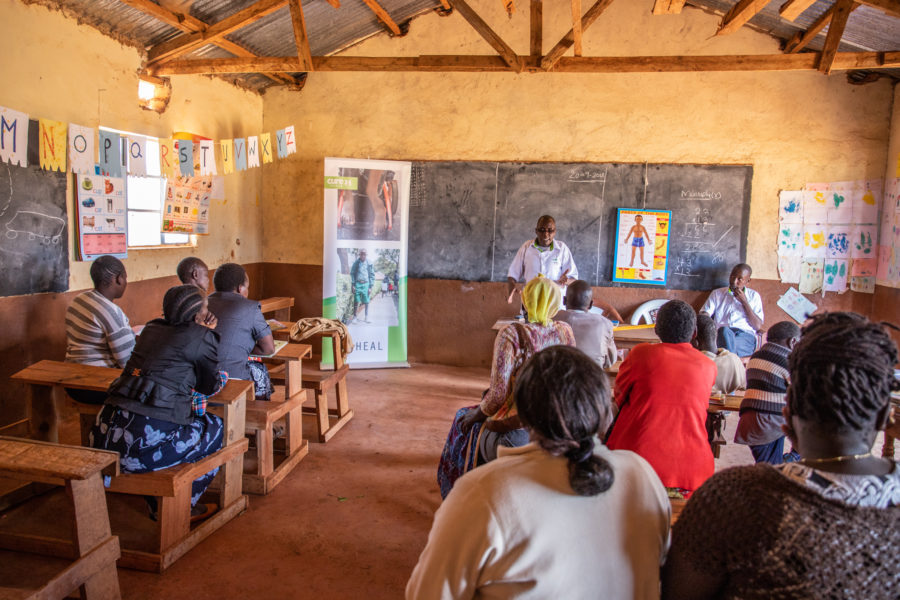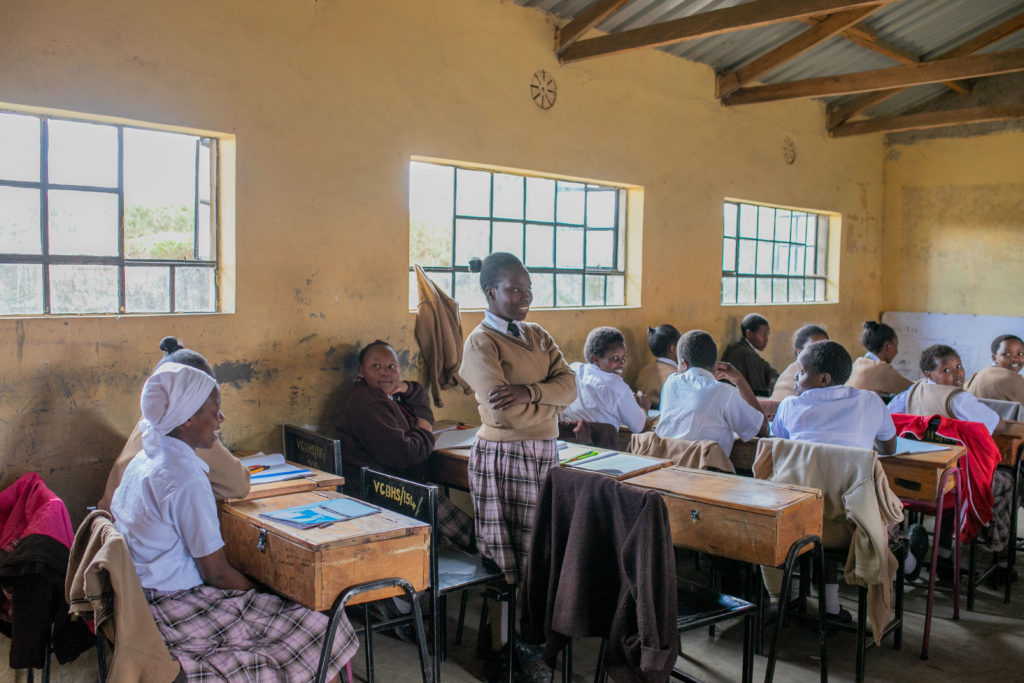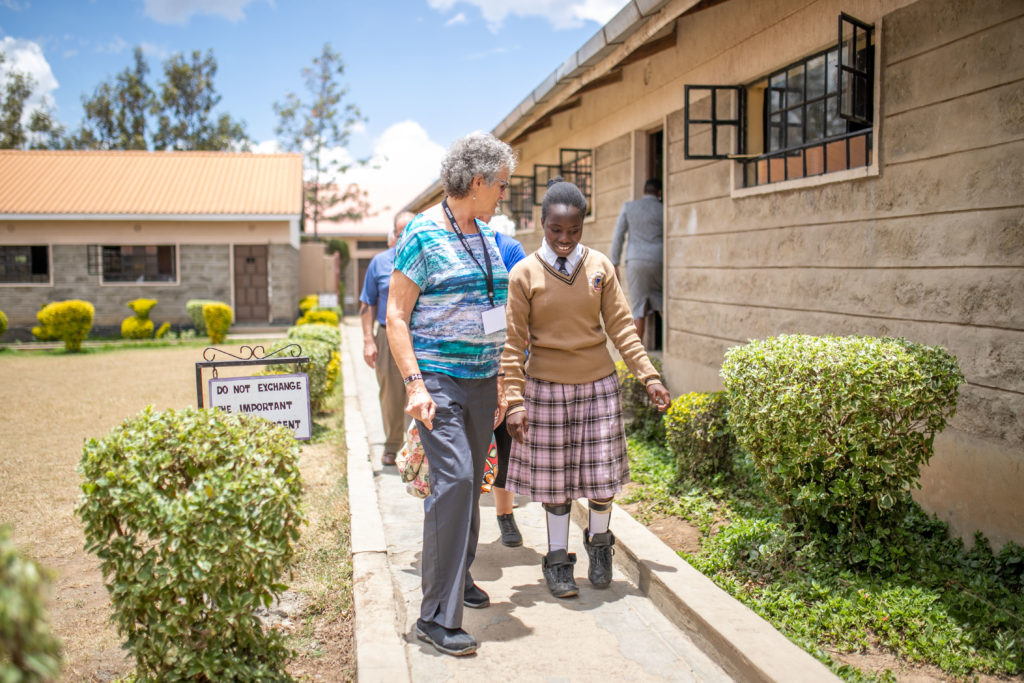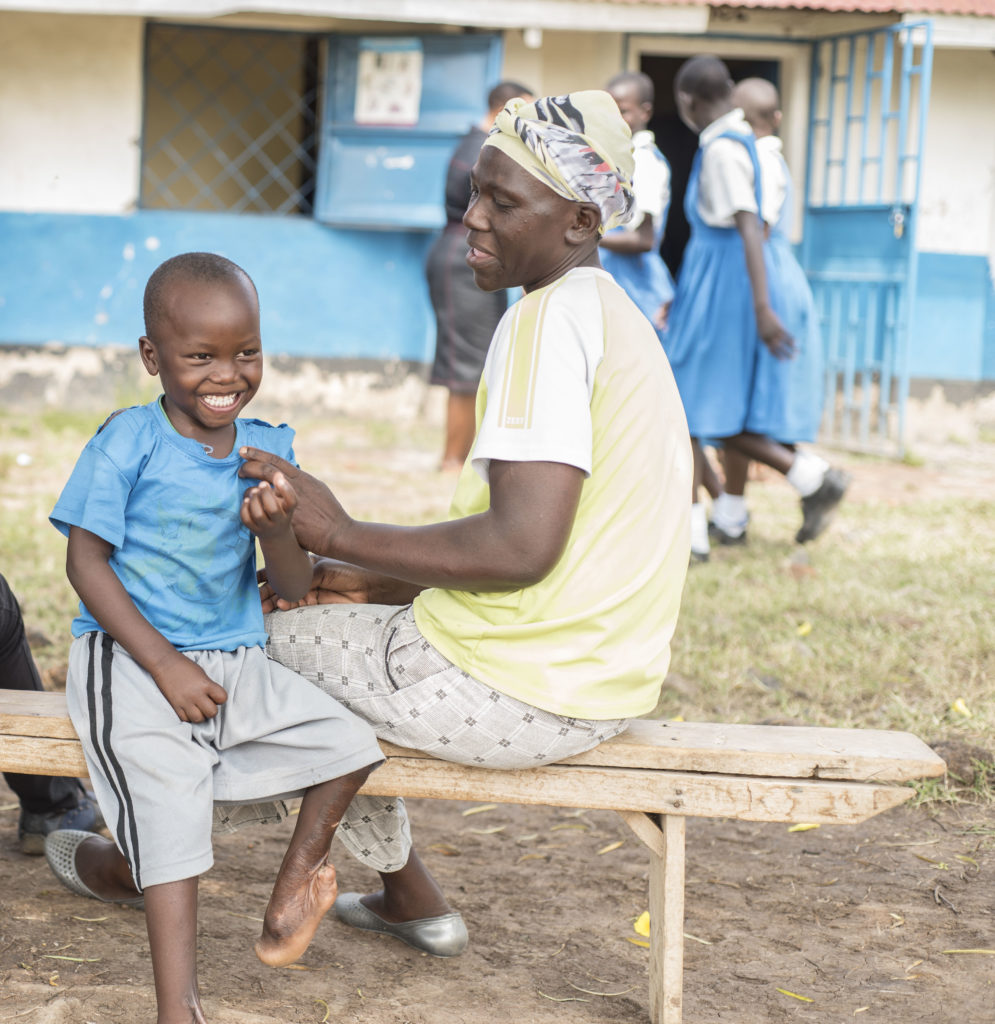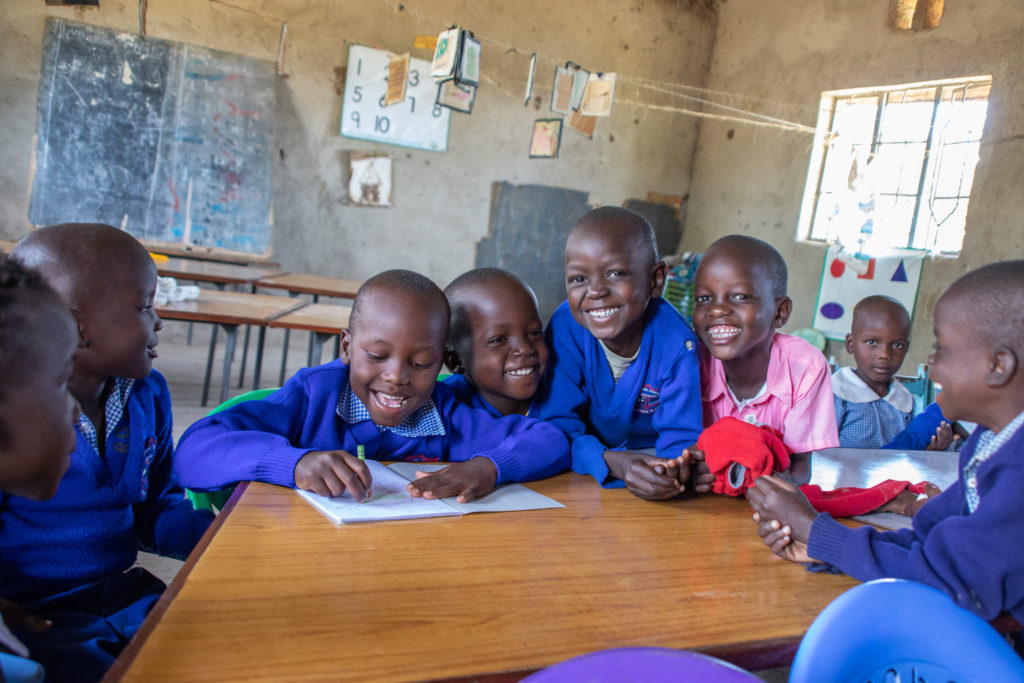How Disabilities Affect Education
In most developing countries, education is a high priority for parents to give to their children. In Kenya, people used to leave their land, livestock, and other material possessions to their children to provide for their future and education was not as valued. As time went on, this thinking changed because not everyone owned land or a lot of property. There became more of a need to have an alternative source of income and a good education provided the road to a better future.
In Kenya, not everyone can afford a proper education for their children because of the high rate of poverty – 52% of the total population lives in poverty (23.06 million people), and 67% of the disabled population in Kenya lives in poverty (2.97 million people).Because of this, there are many people who haven’t had the chance to go to school and probably never will.
Many children living with disabilities in Kenya live in poverty. They are either abandoned to live on the streets begging for food and shelter, or they are left at home while other children go to school. These children are often considered a burden and they do not receive much help from others in their community. Another factor that hinders these children from studying is that most schools are not built to accommodate disabled children. Children with disabilities that affect their mobility significantly struggle to move around the school. This means that they must have guardians or caregivers with them, but in a school with many children, they are often the last children to be assisted.
Jecinta was one of those children. She was born with a congenital deformity and suffered from the condition so long that she had completely lost hope of healing. Jecinta, was scared of joining high school because she feared the other girls’ judgment. She also faced the challenge of the school being a long distance from where she lived. Jecinta had a severe case of clubfoot and was unable to walk very far without significant pain.
John severely burned his leg while at home. When it healed, it left him with burned skin that contracted and stopped him from stepping down and walking properly. He was unable to wear shoes, could not walk to school, and thought he would scare the other children – so he stopped going.
Thankfully, we met Jecinta and John during home visits and they were eventually treated at CURE Kenya. Jecinta is currently in 9th grade learning from home, due to COVID, but plans to go back when able. John also went back to school. We have high hopes for them both to excel!
CURE estimates there are 1.2M kids living in Kenya with treatable disabilities. Many of these children are not going to school and receiving the education they need for a better future. Through mobile clinics and school visits, we are able to identify these children at a very young age so that they can be treated and attend school. We also teach these children about disabilities and how to treat other children suffering from these conditions. We are equipping future generations with tools and information about disabilities and hope that inclusivity for children with disabilities will become more common.
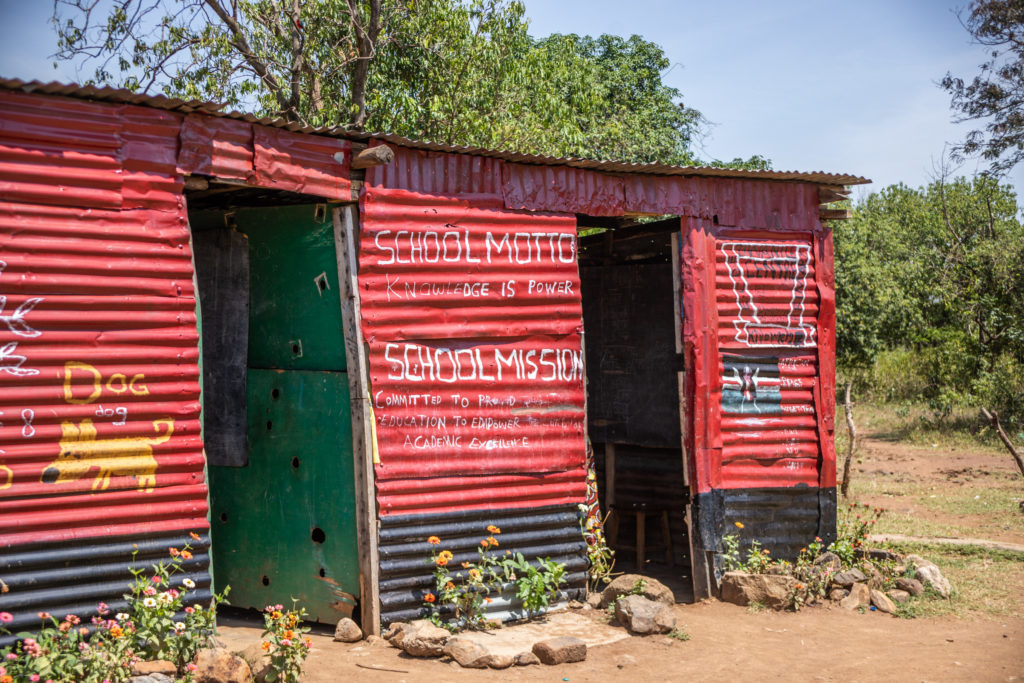
There are still many children waiting to be treated that we would love to reach. With your help, we can narrow the gap that the lack of education creates between children living with a disability and those that are not. Your support helps us reach more children in need and treat more children with disabilities every day giving them every chance to reach their full potential!
Want to see more pictures of this trip to schools in Kenya? Click here.
Footnote: Article written by Elvis Lemaiyan on Friday 19th February 2021
